Epiphany 2017: How The World Celebrated The Orthodox Christian Holiday [PHOTOS]
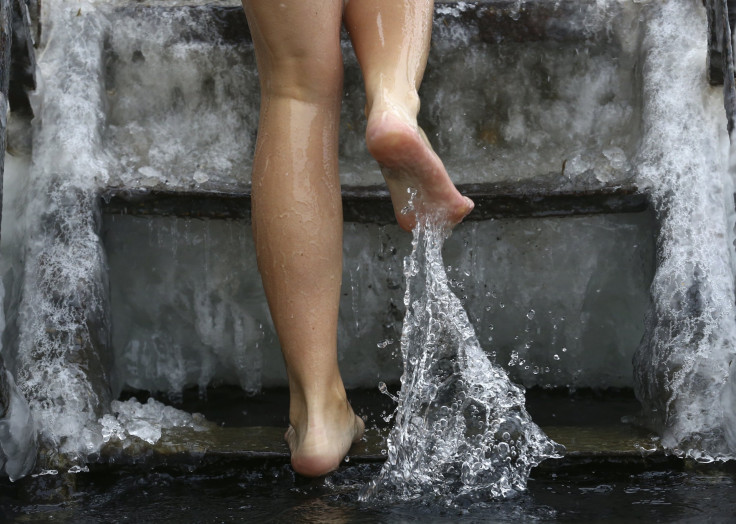
Orthodox Christians all around the world celebrate Epiphany, commerating the baptism of Jesus Christ in the Jordan River, on the Jan. 19 every year. For Catholics, however, the occasion falls on Jan. 6 — marking the last of the 12 days of Christmas.
Across the world, the day's celebrations vary. In the Spanish culture Epiphany is known as Dia de los Reyes (Three Kings' Day). In Mexico, believers assemble to taste the Rosca de Reyes, or Kings' bread. In some countries, a Jesus statuette is concealed in the bread. In both Spain and Mexico, some followers also begin celebrations the Epiphany Eve on Jan.5.
Thousands among the Orthodox Christian faith took dips on Thursday in blessed ponds and ice-holes. The water blessed by priests is not only considered holy and pure but is believed to have healing powers. The celebration marks the divine revelation of the Holy Trinity. At the Baptism of Christ, all three persons of the Holy Trinity: the Father, the Son, and the Holy Spirit, are believed to have been made manifest. The Biblical story of the Baptism of Christ is recorded in all four of the Gospels.
The feast of Epiphany is Christmas in countries like Russia, Ukraine, Serbia and other Orthodox countries that follow a different religious calendar.
Here are five facts about Epiphany:
1. Melchoir, Casper and Balthazar, the three Kings who visited baby Jesus on this day, represent Europe, Arabia and Africa.
2. Roast lamb was traditionally served at the feast of Epiphany.
3. The one who finds the Jesus figurine in the bread has to throw the party on Candlemas — a festival celebrated forty days after Christmas, marking the end of the liturgical seasons of Christmas and Epiphany — in February.
4. It is the tradition in some European countries for children to leave their shoes out at night, which are filled with gifts. Straws are kept out for the kings’ horses.
5. The priest at Greek Orthodox Church blesses the water by throwing a cross into it, which is then retrieved by worshippers.
This year also, the Orthodox Christians are celebrating Epiphany on Jan. 19. Here are some pictures from the festivities that have taken place so far:
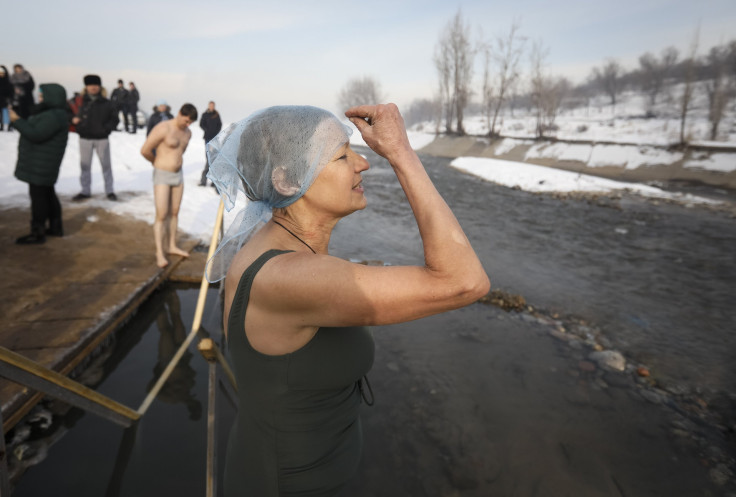
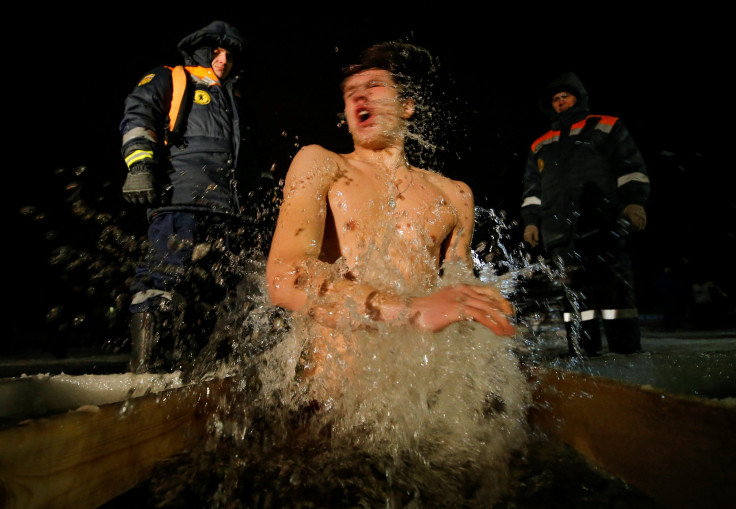
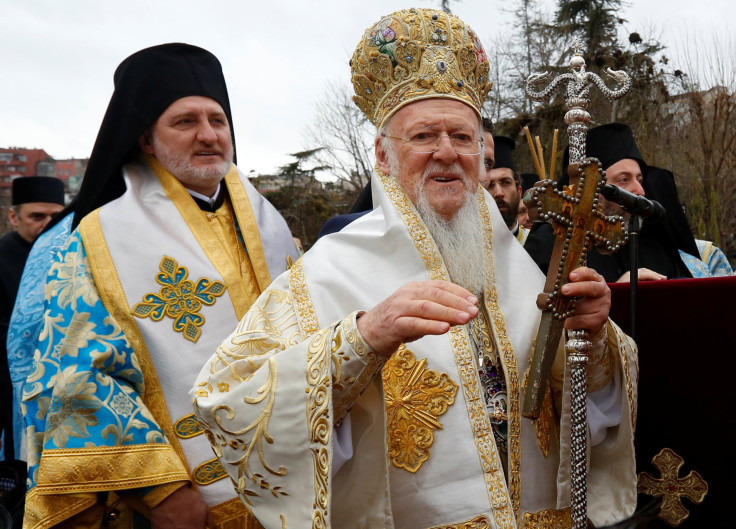

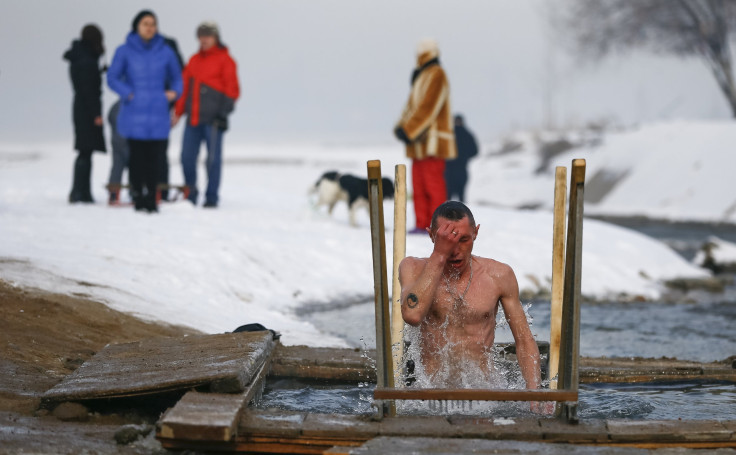
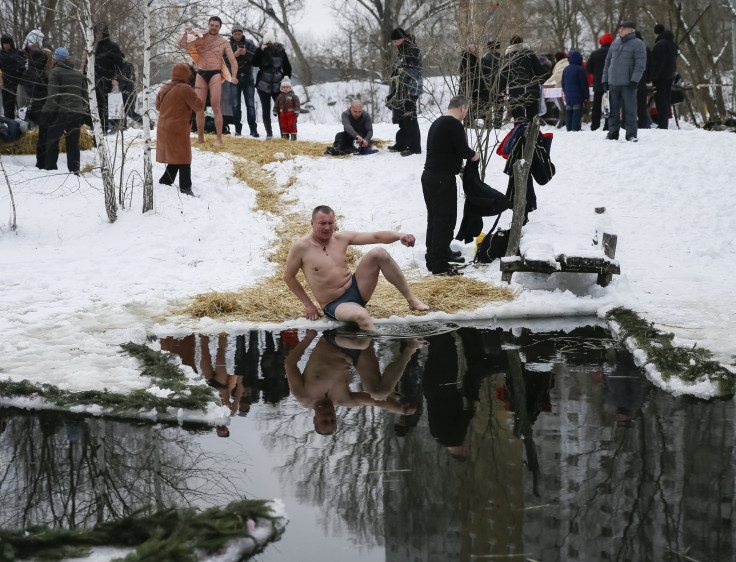
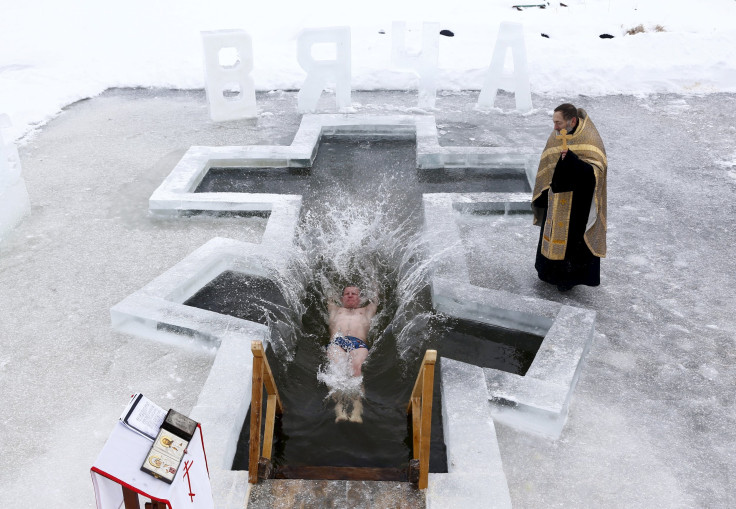
© Copyright IBTimes 2024. All rights reserved.












